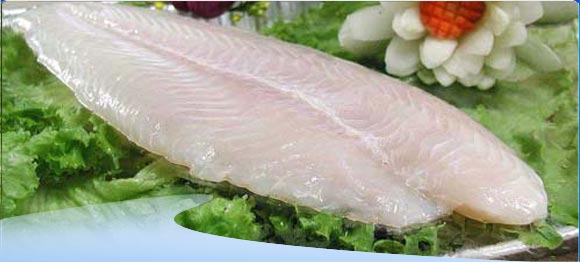Fishy fish
Eating fish can help protect your heart, lower your blood pressure, boost your brain function, and lower your risk of stroke. But not all types of fish give you those health benefits. And a new investigation using ShopSmart secret shoppers reveals that you might not be getting what you think when you buy fish. One in five samples they bought and tested was misidentified.

Here’s why that matters: Some fish are loaded with mercury and other contaminants that have been linked to health problems in pregnant women include subtle impairments of neurological and behavioral functioning, such as hearing, eye-hand coordination, and learning ability. Other evidence suggests that eating lots of high-mercury fish might affect the neurological, cardiovascular and immune systems in adults.
They tested 190 frozen and prepared samples of fish from 55 supermarkets, fish markets, gourmet stores, and restaurants in the New York tri-state area. Three types raised health warning flags when they had an outside lab check the DNA of the fish.
• Grouper One of the 15 samples was really tilefish, which is on the list of fish high in mercury.
• Tuna The Food and Drug Administration allows a few types of tuna to be sold as “ahi tuna”, including yellowfin and bigeye, and bigeye tends to have more mercury than yellowfin. Three ahi tuna sashimi starts from the Grill store were in fact bigeye. In addition, a mislabeled store-bought yellowfin was really bigeye.
• Catfish Three samples they bought in the Chinatown section of New York City were actually sutchi catfish, which legally must be distinguished from domestic catfish. Sutchi is a cheaper, imported variety that has a history of containing drug residues and other contaminants.
In addition to affecting your health, mislabeled fish can hit you in the pocketbook. They bought four packages of salmon that contained the cheaper coho variety and not the pricier king or sockeye salmon claimed by the stores. But Chilean sea bass fans will be happy to know that all 19 samples were labeled correctly in the test. (Just keep in mind that it’s not a low-mercury fish).
So what should you do? You can’t spot an incorrect label, but you can focus on seafood that’s low in contaminants, such as wild Alaskan salmon, clams, tilapia, oysters, Pollock, sardines, Pacific flounder and sole, herring, shrimp, mullet, and scallops.

